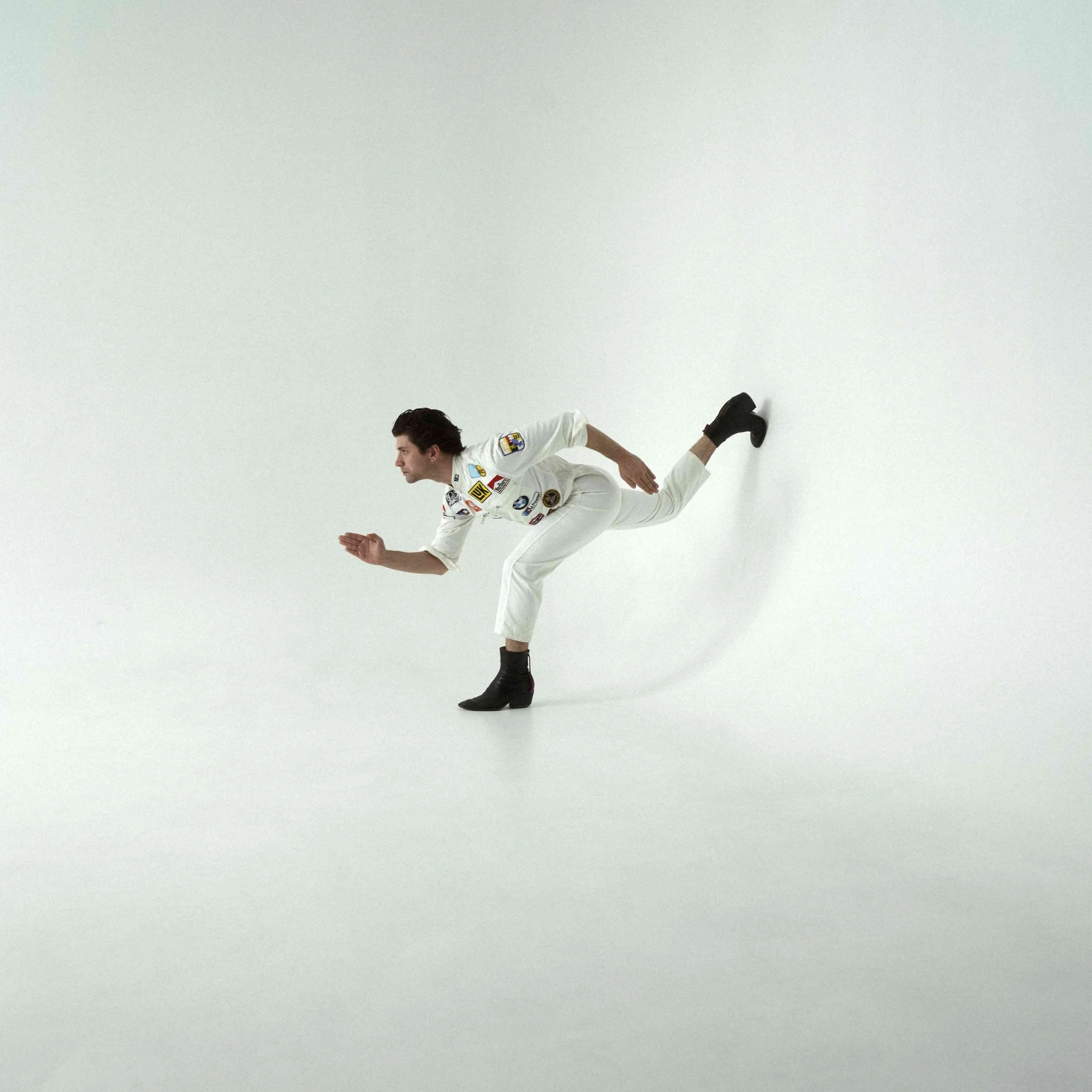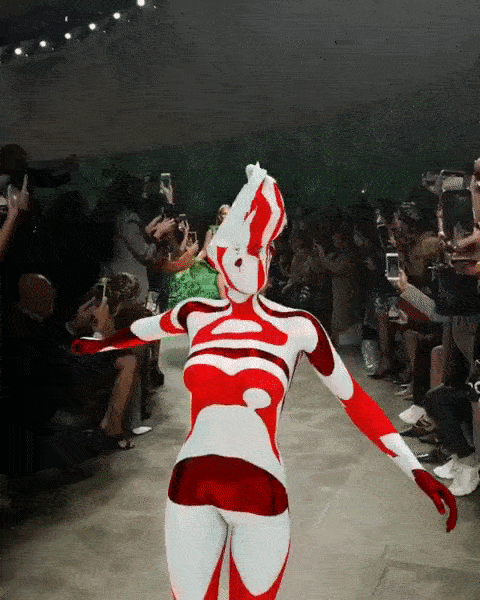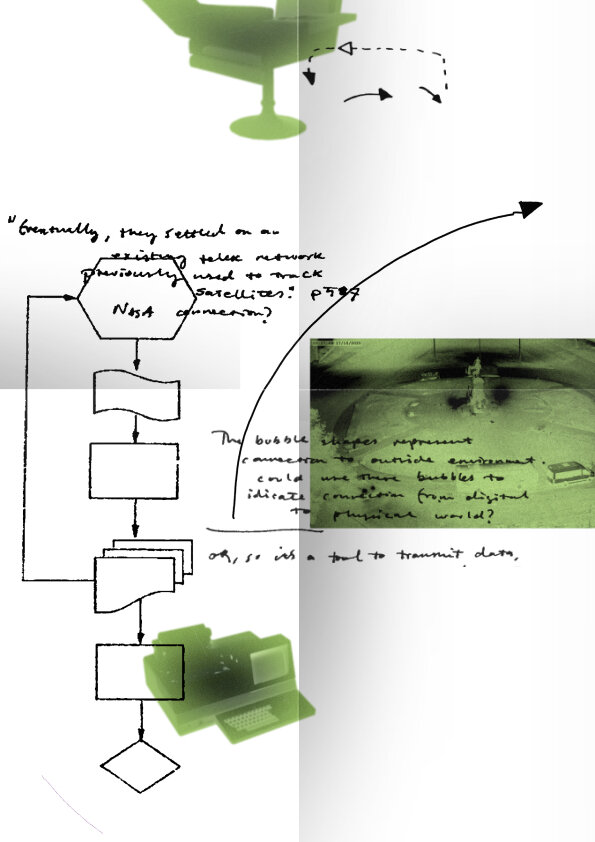Ginevra Petrozzi
When things are beings, performances, Stedelijk Museum, Amsterdam, 2022, Photographer: Maarten Nauw
Ginevra Petrozzi is an artist in residence at the Jan van Eyck Academy in Maastricht.
She delves into the intricate role of images and symbols in magical thinking.
Petrozzi has been researching the laws of the magic world and what brings an object to become invested with magical powers. Through this process, she has been experimenting with the making of talismans, amulets, and ex-votos for the contemporary tech-dominated realm, burning ancient protective symbols into screens via pixel deterioration.
To Be a Witch In The Age of Surveillance Capitalism, "Artificial Incantations" in POST, Arnhem (NL)
In your practice, you took the role of a "digital witch,” "priestess," "healer," who manipulates our digital devices using them as tarots, technological tools much more connected to our unconscious than we think.
I would like to ask how you transposed mysticism from folk folklore to the digital environment. Where do you find the meeting point?
First came the cards. I have always been fascinated by the magic world, narrated by De Martino, Frazer, Federici. Studying the laws of magical thinking, and divination in particular, I realised how similar the ancient world was to our current situation. In a undefined past, the future presented itself as fate, a pre-written path. Divination, as the art of foretelling the future through various techniques, was perfectly plausible. It allowed to peek behind a curtain of something already decided. This would grant a sense of agency and control to people, petrified by the inescapability of chaos and determined nature of their destiny. With modernism, and enlightenment, the future slowly became something to be built, action by action, reinforced by the promises of neoliberalism. With my practice I challenge the open nature of the future. I argue that the future still feels like fate, only regulated by different “magical” agents. In the case of our current system, it is Big Tech corporations, algorithms and predictive networks that try to regulate our future and fixate it. I took the role of the witch, or the Tarot reader specifically, to offer myself as a mediator between the process of receiving a future (suggested by automated tools) and interpreting it (change its purpose). In fact for me, there was no transposition of mysticism. The technological systems we inhabit have already integrated a type of magical thinking into their functioning. I simply try to unlock that potential, to give back agency to users and invite them to take back control over their digitally suggested future.
To Be a Witch In The Age of Surveillance Capitalism, "Artificial Incantations" in POST, Arnhem (NL)
You often use the workshop as a collective healing practice, as a meditation but also as a grieving practice. Can you tell me what are the procedural moments of carrying out these workshops? Do you follow a precise pattern like that of a ritual or do you also be guided by how the audience reacts?
Most of the rituals that I perform or re-enact come with a set choreography. The Tarot reading, the spell, the funeral. Each of them have a certain visual language we have come to recognise, and I try to tap into those identifiable symbols. In the case of the Tarot reading, the sitting format, with a table and tablecloth prepare the audience to how the performance is going to be shaped. Similarly, in the funeral, the set up invites silence and austerity. The rituals are all mediated by me, and I try to harness the quality of the ritual as something already decided, but leaving space for new agents to enter the picture seamlessly. In the case of Digital Esoterism, the scenography hosts a votive candleholder, similar to what you would find in a church. The dissonance comes from the shape of the candles, that in the case of this installation represent a smartphone, a charger and fingers instead of the classic cylindrical ones. This means that I rely on the sensibility of the public to recognise these references, leaving the space for different types of interaction.
To Be a Witch In The Age of Surveillance Capitalism, "Artificial Incantations" in POST, Arnhem (NL)
You talk about our ‘’right to the future tense’’. Can you explain what you mean by that?
The “right to the future tense” is a concept theorised by Shoshana Zuboff in “The Age of Surveillance Capitalism”. She argues that our elemental right to future tense is “is endangered by a panvasive, digital architecture of behavior modification owned and operated by surveillance capital, necessitated by its economic imperatives, and driven by its laws of motion, all for the sake of its guaranteed outcomes.”
I was struck by this argument Zuboff makes, as a limit to our own decisional power, and agency when navigating predictive systems. Can we imagine a future outside of the set of binary actions that algorithms allow? My practice aims to provide alternatives to regain that agency and construct -or imagine- a different future.
Source: TikTok
How do you intervene on devices during your performances? I see it very close to the practice of taking away the evil eye, of freeing ourselves from negative energies, in this case with counter-actions to re-direct the flow of messages with which we are constantly bombarded...which often make us feel bad for not being able to afford the objects or experiences that are proposed to us by algorithms.
Devices often have a very central role in my performances. They become the vessel for an energetic, magical action to take place. I frame them as condensed and stratified items containing someone’s digital life, still considering this not separated from our offline one. In order to act unto a smartphone one needs to adapt new languages and methodologies that can actually provoke change, hack its systems. In the case of POV: Time To Influence Your Targeted Ads for example, I harness the myth that our devices listen to us and that our conversations are quickly transformed into targeted advertisement. This has already been reclaimed by users, in fact I reference a TikTok trend where people whisper keywords and phrases into someone else’s unguarded device. The whispered words, carefully chosen, are believed to guide the algorithms to generate desired outcomes. A phrase like "therapy for men”, whispered into one’s Tinder date’s phone, may result in targeted ads for mental health services; phrases like "wedding ring" and "wedding ceremony" may produce marriage related content, influencing a significant other into finally proposing. In POV: I invited a group of female identifying participants from Rome, to narrate a “perfect future” to their own smartphones in order to change what they would receive. The magical wish is to stop receiving suggestions for waist slimmers, pregnancy tests or else; their words become a spell to change their algorithmically produced content, to reach what is out of their echo-chambers.
Your medium is also the infinite flow of images that we are subjected to on a daily basis and that you manage to mould in your performances in which you adopt techniques to reread them and make us reappropriate of their meaning.
As in tarots, are there images dictated by algorithms that can presage something positive or negative? Can you tell me about a reading experience that impressed you the most because of the final result you were able to achieve?
Going back to the first sentence I wrote in response to the first question: first came the cards. I start my experience as a Tarot reader, and a passionate lover of divination techniques. I attempt to translate my knowledge of symbols and pattern recognition that I gathered from reading cards, to finally interpret algorithmic content. The conversation is always a negotiation of meaning between the querent and I. I bring my sensibility as a reader, they bring their own experience as the holders of the smartphone. Everything passing through there is something they have planted before in some way. So one suggested content can indeed presage a positive or negative outcome, but not as a self-standing statement. It is always put in perspective, as much as in Tarots, where each card needs to be mediated in the type of question being asked, or the feeling of the reading throughout. One particularly striking reading for me was with a men who asked me to ‘solve’ his relationship problems with an ex-partner. Usually in a reading we read around 3-4 different contents, for example in a Past-Present-Future spread. In his case, each of the content we read into were Ads for Meal Replacement Powders. The more we scrolled to find a new image to read into, the more fake food would appear. It was obvious that he was finding himself in a cul-de-sac, and that it had to do with trying to nourish the relationship, but with ready made solutions, not actually providing nourishment, only pretending to. He left quite unsatisfied. I thought it was quite remarkable.
POV: Time to influence your targeted ads, Stills from video, 6:31
In your artistic research, have you ever thought of a way to transmit these rituals to others? I think of my origins, in southern Italy, where the practice of 'removing the evil eye' is still in use. A friend of mine promised to teach me, but she says it is only possible on Christmas night.... Do you think it is important for your audience to learn some simple do-it-yourself daily rituals to keep the balance within our digital atmosphere?
I rarely declare it officially, but I think of my performances as something that anyone could ‘acquire’ and perform for themselves. Magic practices have certain rules and choreographies to them, but in reality everyone modifies them and shapes them to their own needs. There are many modern rituals made to balance our existence in the digital; I think of Tarot readers on TikTok, energy cleansers removing blockages through the screen, sounds to bless your device. The more technology will advance and morph, the more digital ‘rituals’ will permeate our daily life, I believe.
Offerings, engraved aluminium shey
interview by LUCIA SABINO
What to read next
















